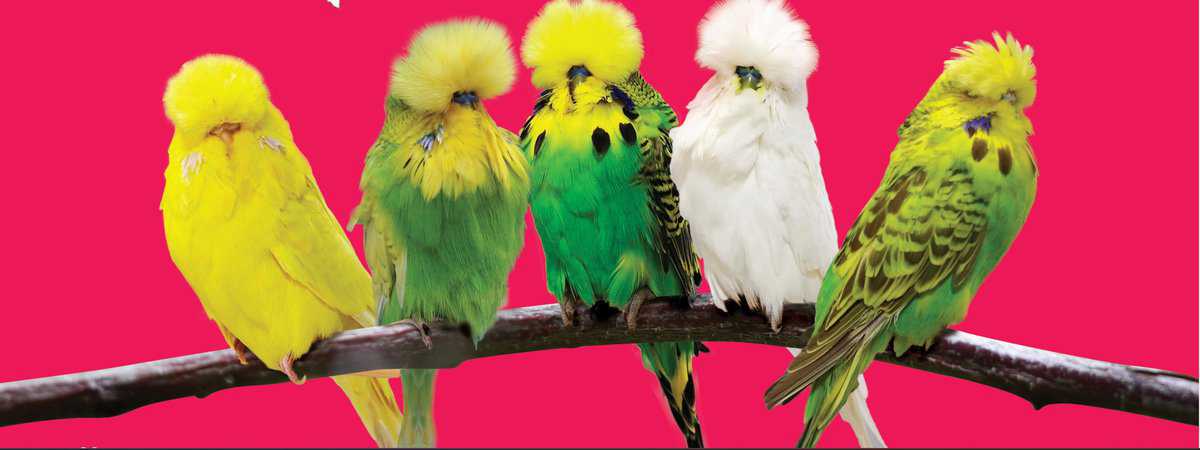The Budgerigar Council of South Australia is pleased to share its guide to budgies as pets. They are also referred to as budgerigars and parakeets. Pet owners from all over the world are captivated by the small, chirpy birds. Budgies are a popular companion and are ranked just behind cats and dogs. They are smart and lovable.

It’s crucial to understand their personality and preferences before you welcome them into your home. This guide will provide you with all of the information needed to live a happy and healthy life for you and your furry friend.
Social butterfly in the form of a tiny body
Budgies thrive on companionship. In the wild, budgies are in large groups that are constantly chirping, engaging, and communicating with each other. A single budgie may bond with its owner when they receive ample attention. But they must always have a companion. If you’re not in a position to care for two birds, spend some quality time with only your single budgie.
Chatterboxes that have a Flair for Mimicry
The ability of pets to imitate sounds is what makes them so adorable. Through training and perseverance they will be able to mimic sounds and phrases. They’ll bring a new dimension of fun to their whistles and chirps. Their vocabulary development can differ in a wide range, with some animals becoming chatterboxes in the real sense, while others remain content with basic whistles. Their energetic vocalizations will put joy to your face regardless of how proficient they are at speaking.
Rainbow on Wings
Budgies come with a range of colors. From the classic mix of yellow and light blue to bright shades of green violet, and white. Breeders have come up with a variety of changes through the years, and you’re bound to find a feathered companion that matches your personality. These variations in color aren’t just for aesthetics. They can also indicate the gender and age of a bird. This can be a fascinating discussion starter in pet stores.
How to live large in a tiny space
Although budgies may be small birds but they still require plenty of space to fly, climb and explore. The ideal size for a cage should be at minimum 20 inches in length 12 inches in depth and 18 inches tall. The larger the cage, the more spacious. To keep your budgie interested you can provide perches of various sizes or textures. Rotate their toys to keep them entertained. It is good to expose the cage to sunlight, but don’t place it in bright sunlight for long durations.
A Budgie Aproved Diet
A healthy budgie bird diet consists primarily of a high-quality pelleted food formulated for small parrots. They’ll receive the nutritional supplements they need to develop. Add fresh fruits and veggies into their pellets such as apples, carrots and other leafy greens and leaves (remove the seeds). Cuttlebones are essential to ensure their beaks are kept trim and supplying essential minerals. Always ensure they have clean, fresh drinking water.
Building a bond with your pet
Taming a budgie takes patience and gentle touches. Begin by gently touching the cage and talking to your pet. To establish trust, you can offer treats such as millet spray through the bars of the cage. When the budgie is happy with you, you may attempt to enter the cage and allow them to perch on your fingers. Be patient, but don’t be aggressive. The process could be weeks or even days.
A Lifelong Dedication
According to how they’re treated, budgies are able to be able to live between 10 and 12 years. When you are considering welcoming one to your home, take into consideration your lifestyle and commitment to the long-term. Are you able to maintain a daily routine as well as a stimulating space and an environment that is clean? If so, a budgie can be a rewarding and enriching pet and fill your day with fun antics, chirps or maybe some human words (or two).
The Budgerigar Council of South Australia promotes responsible pet ownership. Consult an avian vet for assistance if you have questions or concerns regarding the care and maintenance of your bird’s friend.